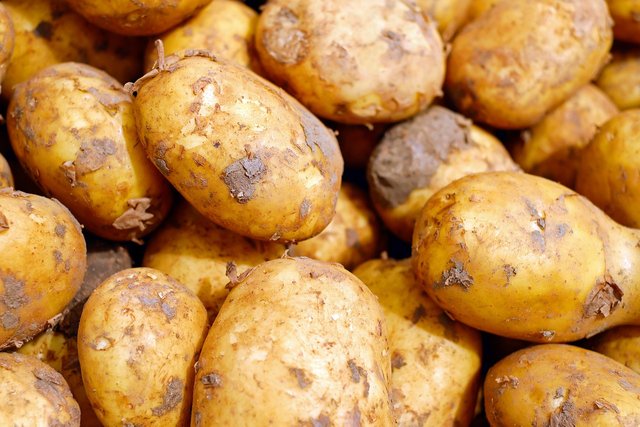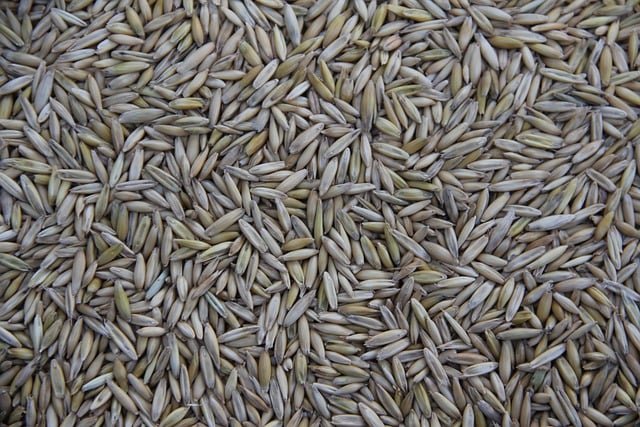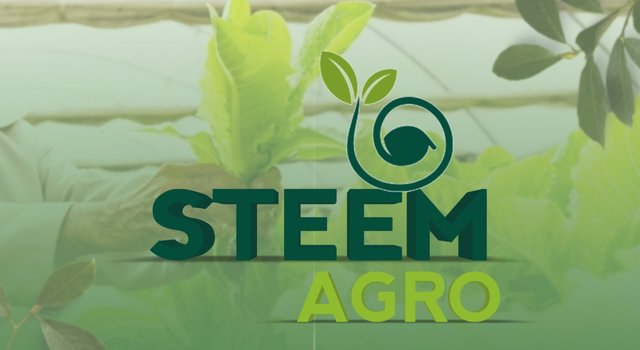Hi friends, you are all heartily welcomed to this very publication. Let's get to the business of the day...
Tuber and grain crops are two clear classes of crops that vary in various ways. The differences between them are seen as follows:
Morphological Differences
- Structure of Plant:
Tuber crops are known to have fleshy, swollen underground roots or stems responsible for the storage of food, while grain crops are known to be yearly plants in which seeds are their basic edible product. - Root System:
There are modified root systems alongside rhizomes or stolons in tuber crops that produce new plants, while grain crops possess a normal fibrous or taproot system. - Stem and Leaves:
The storms and leaves of tuber crops are often short and are adapted for conditions of low light, while grain crops are characterized by longer leaves and stems that are fully sun-adapted.
Physiological Differences
- Photosynthesis:
While there is a low rate of photosynthesis in tuber crops, brain crops need high-intensity light for seed production. - Transpiration:
As a result of underground storage organs, tuber crops have less transpiration, while to support the production of seeds, grain crops increase transpiration. - Uptake of Nutrient:
Often, tuber crops have varieties of requisites of nutrients as well as absorption patterns in comparison to grain crops that emphasize more on micronutrients and potassium.
Agronomic Differences
- Cultivation:
For the promotion of tuber formation, uber crops call for particular cultivation patterns like ridging or hilling, whilst on the contrary grain crops are commonly cultivated drained souls alongside ordinary tillage routines. - Irrigation:
Consistent moisture is often needed by tuber crops, whereas precise irrigation conduct for optimization of seed production is required by grain crops. - Pest and Disease Management:
While tuber crops are more prone to diseases and pests that aim at underground parts of plants, grain crops are susceptible to aerial diseases and pests.
Economic and Social Variations
- Market Demand:
Tuber crops usually have high local consumption demand, whilst, on the contrary, grain crops are utilized for different industrial purposes and are regularly traded worldwide. - Food Security:
In numerous regions, tuber crops are essential for food security, making provision for a dependable source of nutrients and energy; grain crops, on the other hand, are usually utilized for biofuels, animal feed, as well as other non-food aims. - Cultural Importance:
While In numerous societies, tuber crops are known to have important traditional and cultural values, grain crops are usually related to large-scale commercial agriculture.
Environmental Differences
- Soil Requirements:
Tuber crops usually call for particular soil conditions like rich organic matter content, while grain crops can flourish in wider spaces of soil. - Climate Adaptation:
Often, tuber crops are adapted to a slightly low temperature and moderate climate, while grain crops are usually cultivated in a diversity of climates. - Water Usage:
Tuber crops are likely to call for more controlled and regular irrigation, while grain crops depend on supplemental irrigation or rainfall.
Tuber crops play a significant role in ensuring food security, especially in developing nations. The following are detailed explanations of their influence:
Nutritional Value
- Energy-rich food:
Tuber crops such as yams, potatoes, and sweet potatoes abound in complex carbohydrates, making provision for a dependable source of energy. - Micronutrient-dense:
Numerous tuber crops have abundant crucial micronutrients such as potassium, vitamin A, fiber, and vitamin C. - Protein content:
Most tuber crops, such as potatoes, contain a temperate volume of protein, which makes them an estimable protein source for vegans and vegetarians.
Food Availability and Accessibility
- Year-round availability:
Harvesting of tuber crops can be carried out throughout the year, this provides a steady source of food. - Easy storage and transportation:
Tuber crops are somewhat simple to store as well as transport, mitigating loss of food in addition to making them very much accessible to distant areas or communities. - Affordable:
Tuber crops are usually less expensive than other staple crops, which makes them more accessible to households with low income.
Climate Resilience and Adaptation
- Drought tolerance:
Numerous tuber crops are drought-tolerant, which makes them an optimal crop for places that have limited resources of water. - Temperature adaptability:
Tuber crops can flourish in a vast range of temperatures, whether cool to warm climates. - Soil adaptability:
Tuber crops are able to grow in a diversity of soils, such as poor soils; this makes them estimable crops for marginal lands.
Socio-Economic Benefits
- Income generation:
Tuber crops are able to make provision of an income source for small-scale farmers, especially women. - Employment opportunities:
In rural areas, tuber crops generates opportunities for employment through its processing, production, as well as marketing - Food sovereignty:
Tuber crops are capable of supporting or encouraging the sovereignty of food by making provisions for local communities alongside a dependable source of nutritious food.
Challenges and Limitations
- Pests and diseases:
Tuber crops are prone to diseases and pests; this can noticeably mitigate yields. - *Post-harvest losses:
Tuber crops are susceptible to post-harvest losses resulting from poor handling, storage, as well as transportation exercises. - Limited access to markets:
Small-scale farmers might encounter confrontations in having access to markets for their tuber crops, restricting their potential to generate income.
Future Prospects and Opportunities
- Breeding for climate resilience:
There is ongoing research on how to get progeny of tuber crops that are more flexible to changes in the climate. - Improved storage and transportation:
Technological innovations in transportation as well as can assist in the reduction of post-harvest losses. - Value chain development:
The development of the worth chain for tuber crops can assist in increasing the income of farmers as well as enhance food security.
In summary, tuber crops play a significant role in guaranteeing food security, especially in developing nations. Although there are confrontations and impediments, the advantages of tuber crops with respect to climate resilience, nutrition, and socio-economic advantages make them an indispensable crop for sustainable food systems.
Thanks
Am inviting @onyiluvdan, @goodybest, and @arjinarahman


X promotion link
Downvoting a post can decrease pending rewards and make it less visible. Common reasons:
Submit
Welcome to steem-agro!
MODs Comment/Recommendation:
Thank you so much dear brother for participating in the contest. You have discussed all the topics very well.Great.Also, Engage with other participants by doing meaningful comments which will increase your chances of winning.I am wishing you all the best in the contest.
Remember to always share your post on Twitter using these 3 main tags #steem #steemit $steem

Downvoting a post can decrease pending rewards and make it less visible. Common reasons:
Submit
Thanks
Downvoting a post can decrease pending rewards and make it less visible. Common reasons:
Submit
My pleasure brother
Downvoting a post can decrease pending rewards and make it less visible. Common reasons:
Submit